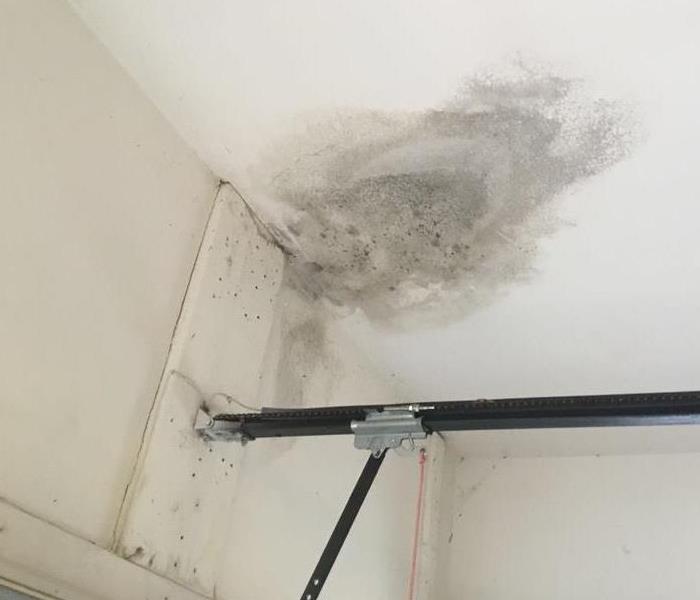Gardening to Prevent Flood Water in Your Home
3/11/2019 (Permalink)
It’s that time of year! Spring is teasing you with warmer temperatures and you are ready to get your hands in the soil and start your Summer garden. What kind of plants can you use and how can you layout your flowerbeds to prevent water from getting into your home? Gardening doesn’t have to be all about “curb appeal”, it can also be functional. Here are a some quick tips to help prevent water from getting into your home.
Create a water garden. A natural-looking water garden should have sloped sides with planting terraces that step down toward the deepest area of the pond. This allows you to plant a diversity of plant material and create different habitats and keeps water drainage to one area.
Plant native. Using native plants can help prevent soil erosion. Here are a list of wild flowers you might consider: black-eyed Susan, Foxglove Beardtongue, Cardinal Flower, and Butterfly Weed.
Use mulch. Covering the bare areas in your lawn or garden with mulch or straw is an effective method for preventing erosion from rain. Mulch spread over the surface of the soil reduces the impact of raindrops striking the soil. Using mulch in landscaping and on bare spots near your home keeps water away from your foundation.
TIP: Always wear a mask when spreading mulch. It contains mold spores that can irritate your throat, nasal passages, and lungs.
Install rain barrels. Did you know that up to 40% of total water use during the summer can come from watering lawns and gardens? Rain barrels are an effective way to capture rain water to use in lawns and gardens. Rain barrels can be attached to storm drains to catch runoff from your roof. The water you collect can then be reused to water your lawn and garden. For more information on rain barrels, contact The Chesapeake Bay Foundation.
Grade your yard. To avoid incoming water, the ground should always slope away from your home in all directions surrounding your perimeter. You’ll need to understand the high and low points of your home, and use extra dirt to slope accordingly. Have a plan in place or work with a professional to make sure vents, basement windows, pipes, drains, and other areas aren’t negatively impacted during the grading process.
The first day of Spring is March 20, 2019. Be ready for April showers by landscaping your lawn to prevent water damage to your home.






 24/7 Emergency Service
24/7 Emergency Service

